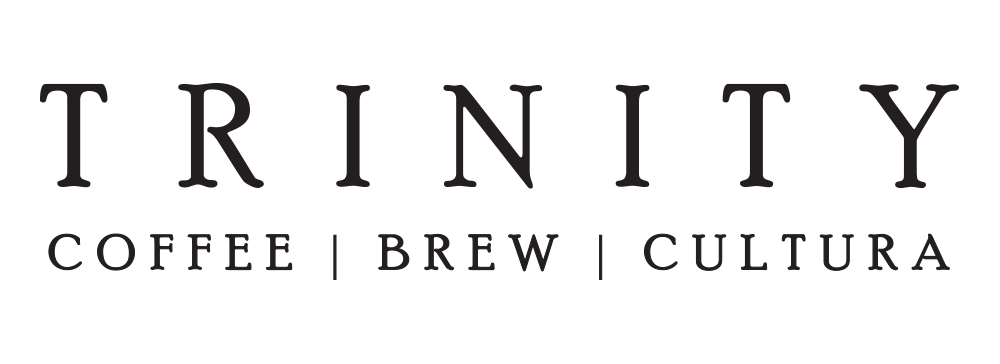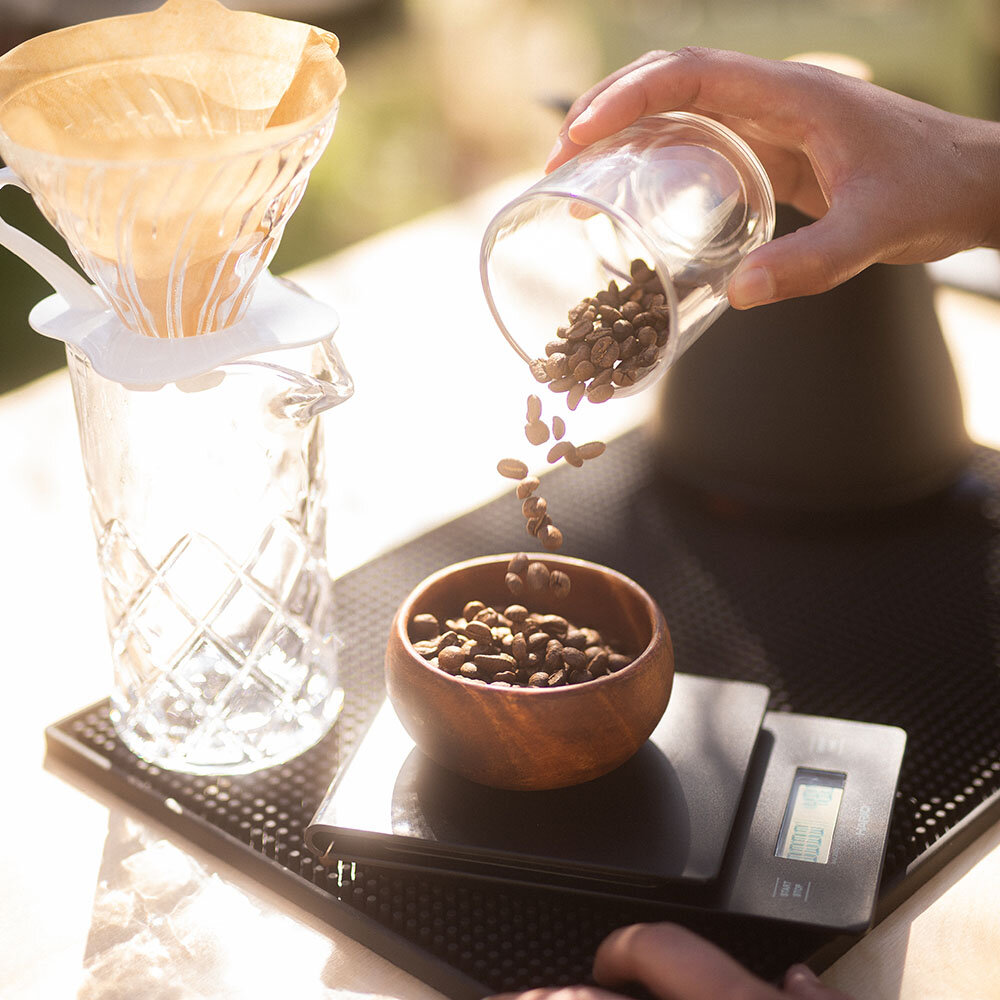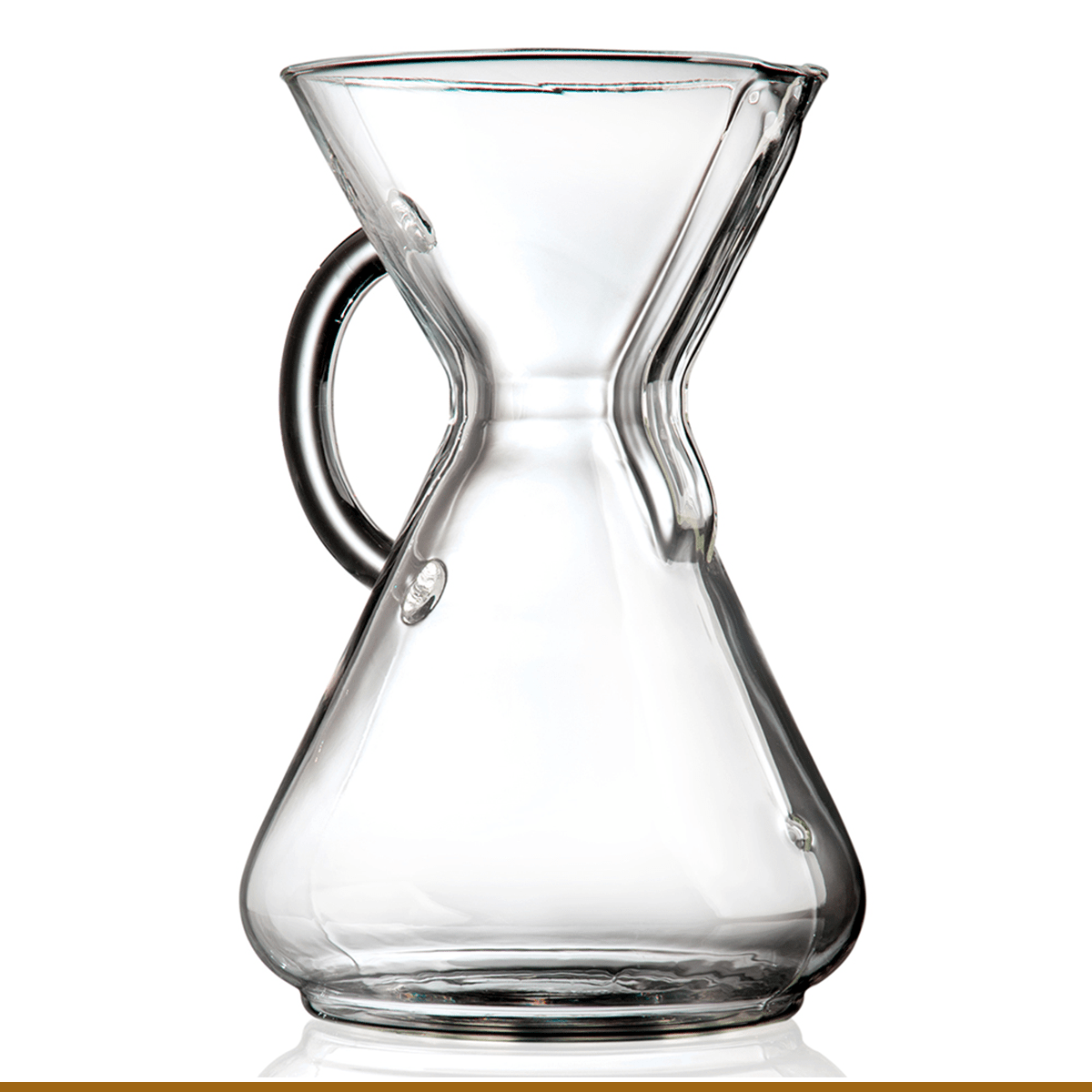Brewing Specialty Coffee at Home
In recent years, there has been a growing trend of brewing specialty coffee at home. This shift in coffee culture has been fueled by the desire to elevate the coffee drinking experience and explore the world of flavors that specialty coffee has to offer. Brewing your favorite cup of coffee at home not only allows you to enjoy the convenience but also gives you the freedom to experiment with different brewing methods and personalize your coffee to suit your taste preferences.
The Benefits of Brewing Specialty Coffee at Home
Brewing specialty coffee at home comes with several advantages. Firstly, it allows you to have complete control over the brewing process. From selecting the beans to determining the grind size and brewing time, every step can be tailored to achieve the perfect cup of coffee. This level of customization ensures that you consistently get a flavor profile that suits your palate.
When it comes to selecting the beans, the possibilities are endless. You can choose from a wide variety of single-origin beans, each with its own unique flavor notes and characteristics. Whether you prefer a bright and fruity Ethiopian coffee or a rich and chocolatey Colombian coffee, you have the freedom to explore and experiment with different origins and flavor profiles.
Once you have chosen your beans, you can further enhance the brewing process by adjusting the grind size. Different brewing methods require different grind sizes, and by understanding the nuances of each method, you can unlock the full potential of your coffee beans. Whether you prefer a coarse grind for a French press or a fine grind for an espresso machine, you can customize the grind size to extract the flavors you desire.
Furthermore, the brewing time also plays a crucial role in the final taste of your coffee. By carefully controlling the brewing time, you can achieve the perfect balance between extraction and strength. Whether you prefer a shorter brew time for a bright and acidic cup or a longer brew time for a full-bodied and robust cup, you have the power to create your ideal coffee experience.
Secondly, brewing coffee at home is cost-effective in the long run. While specialty coffee beans can be more expensive upfront, the cost per cup is significantly lower compared to buying coffee from cafes. By investing in high-quality beans and developing your brewing skills, you can enjoy gourmet coffee without breaking the bank.
When you brew coffee at home, you eliminate the additional costs associated with buying coffee from cafes, such as service charges, taxes, and tips. Moreover, by purchasing beans in bulk, you can take advantage of discounts and promotions, further reducing the overall cost. With a little bit of practice and experimentation, you can achieve café-quality coffee at a fraction of the price.
Furthermore, brewing specialty coffee at home offers a more intimate and relaxing experience. Instead of rushing to a coffee shop, you can savor the aroma and take your time to enjoy your coffee in the comfort of your own home. This can be a great way to start your day or unwind in the evening.
Imagine waking up to the rich, enticing aroma of freshly brewed coffee filling your kitchen. As you take that first sip, you can feel the warmth and comfort of the familiar surroundings. You can leisurely sip your coffee, savoring each flavor note, and allowing yourself to fully immerse in the experience. Brewing coffee at home allows you to create a serene and peaceful environment, where you can truly appreciate the art of coffee.
In addition, brewing coffee at home gives you the opportunity to explore different brewing methods and techniques. From pour-over to French press, AeroPress to espresso, the possibilities are endless. Each brewing method offers a unique set of characteristics, allowing you to discover new flavors and textures. By experimenting with different methods, you can expand your coffee knowledge and develop a deeper appreciation for the craft.
Overall, brewing specialty coffee at home is not just about convenience or saving money. It is a journey of exploration, customization, and relaxation. It is about discovering the nuances of different beans, perfecting the brewing process, and creating a coffee experience that is uniquely yours. So why not embark on this journey and unlock the true potential of your morning cup?
Tips for Brewing the Perfect Cup
To achieve the perfect cup of specialty coffee at home, here are some useful tips:
Start with Freshly Roasted Beans: The freshness of the beans plays a crucial role in the flavor of your coffee. Opt for recently roasted beans and try to grind them just before brewing to preserve the aroma.
Experiment with Grind Size: Different brewing methods require different grind sizes. For example, a coarser grind is ideal for French press while a finer grind works best for espresso. Adjust the grind size to achieve the desired extraction and ensure a balanced flavor.
Control Water Temperature: The water temperature affects the extraction process. Invest in a thermometer or a kettle with temperature control to ensure you brew at the optimal temperature for your chosen method. Generally, a range of 195°F to 205°F (90°C to 96°C) is recommended.
Practice the Pour-over Technique: Pour-over brewing methods, such as the V60 or Chemex, require a steady hand and precise pouring technique. Gradually pour the water in a circular motion to evenly saturate the coffee grounds and extract the flavors.
Experiment with Ratios: The ratio of coffee to water can have a significant impact on the strength and flavor of your brew. Start with a standard ratio of 1:16 (1 gram of coffee to 16 grams of water) and adjust according to your taste preferences.
Keep Your Equipment Clean: Regularly clean your coffee equipment, such as the grinder and brewing apparatus, to prevent any residual flavors and ensure the best possible taste in every cup.
Making Cold Brew Coffee at Home
When the weather gets warmer, cold brew coffee is a refreshing alternative to hot brews. Making cold brew coffee at home is surprisingly simple and can save you from long lines at cafes. Here's a basic method to get you started:
Coarsely Grind Coffee Beans: Use a coarse grind setting on your coffee grinder. The coarse grounds prevent over-extraction, resulting in a smoother and less acidic cold brew.
Combine Coffee and Water: In a large container, combine 1 cup of coarsely ground coffee with 4 cups of cold filtered water. Stir gently to ensure all the coffee grounds are saturated.
Steep in the Refrigerator: Cover the container and place it in the refrigerator to steep for 12 to 24 hours. This slow extraction process allows the flavors to develop gradually.
Strain and Serve: After steeping, strain the coffee using a fine-mesh sieve or a cheesecloth-lined colander. The resulting concentrate can be diluted with water or milk according to your preference.
Enjoy and Experiment: Cold brew coffee can be enjoyed over ice or mixed with your favorite flavors and additives. Explore different additions like milk, syrups, or even spices to create personalized cold brew concoctions.
A Guide to Different Brewing Methods
Diving into the world of specialty coffee means exploring various brewing methods. Each method has its own characteristics and brings out different flavor nuances. Here are three popular brewing methods to get you started:
1. French Press: This full-immersion method extracts the coffee's essential oils and produces a robust, full-bodied cup. Add coarsely ground coffee to the French press, pour hot water, steep for 4 minutes, and press the plunger slowly to separate the grounds from the brew.
2. Pour-over: Pour-over brewing allows for precise control over the brewing process. It emphasizes clarity and highlights the coffee's intricate flavor notes. Place a paper filter in a dripper, add medium-fine coffee grounds, and gradually pour hot water in a circular motion.
3. Espresso Machine: Using an espresso machine requires a bit more skill, but it offers the opportunity to enjoy rich and concentrated shots of coffee. Finely grind the coffee beans, tamp them into the espresso machine's portafilter, and extract the coffee under pressure for a short duration.
These brewing methods are just the tip of the iceberg. There are numerous other methods like Aeropress, Moka pot, and Syphon that each offer a unique coffee experience worth exploring.
Evaluating Your Coffee for Quality and Consistency
Brewing specialty coffee at home goes hand in hand with evaluating the quality and consistency of your brews. Here are some aspects to consider when assessing your coffee:
Aroma: Take note of the aromas that emanate from your brewed coffee. High-quality coffee often has a complex and inviting aroma.
Flavor: Pay attention to the different flavor notes that come through in your cup. Specialty coffee can offer a range of flavors, from fruity and floral to nutty and chocolatey.
Body: Consider the body or mouthfeel of your coffee. Is it light and tea-like or full and velvety? The body contributes to the overall sensory experience.
Acidity: Evaluate the level of acidity in your coffee. Acidity can range from bright and tangy to mellow and balanced, adding complexity to the flavor profile.
Bitterness: Determine if there is any bitterness in your brew. Although some bitterness is expected, a well-balanced cup should not be overly bitter or unpleasant.
By regularly evaluating these aspects, you can fine-tune your brewing techniques and work towards consistently producing high-quality coffee at home.
Why Coffee is Healthier When You Brew at Home
Brewing specialty coffee at home not only allows you to enjoy the flavors but also offers health benefits. Here's why:
1. Control over Ingredients: When brewing at home, you have complete control over the ingredients you use. You can choose organic, high-quality coffee beans and opt for additive-free milk or plant-based alternatives. Avoiding excess sugar and artificial additives can contribute to a healthier cup of coffee.
2. Moderation: Brewing coffee at home encourages moderation. Instead of large servings typically found in cafes, you can align your portions with your personal preferences and health goals. Moderation is key to enjoying the benefits of coffee without excessive caffeine intake.
3. Freshness: Brewing at home ensures you always have fresh coffee. Freshly roasted beans and recently ground coffee retain more antioxidants and provide a more flavorful and aromatic experience.
4. Customization: When brewing specialty coffee at home, you can customize your coffee to match your dietary requirements or health conditions. For example, you can select low-acidity beans if you have a sensitive stomach or go for decaffeinated options if you want to avoid caffeine altogether.
By taking control of your coffee brewing process, you can enhance not only the taste but also the overall health benefits that coffee has to offer.
So, why not embark on a journey of brewing specialty coffee at home? With a little practice and experimentation, you can elevate your coffee experience, enjoy a cup tailored to your taste, and save money in the process. Brew, savor, and immerse yourself in the rich world of specialty coffee from the comfort of your own home!


